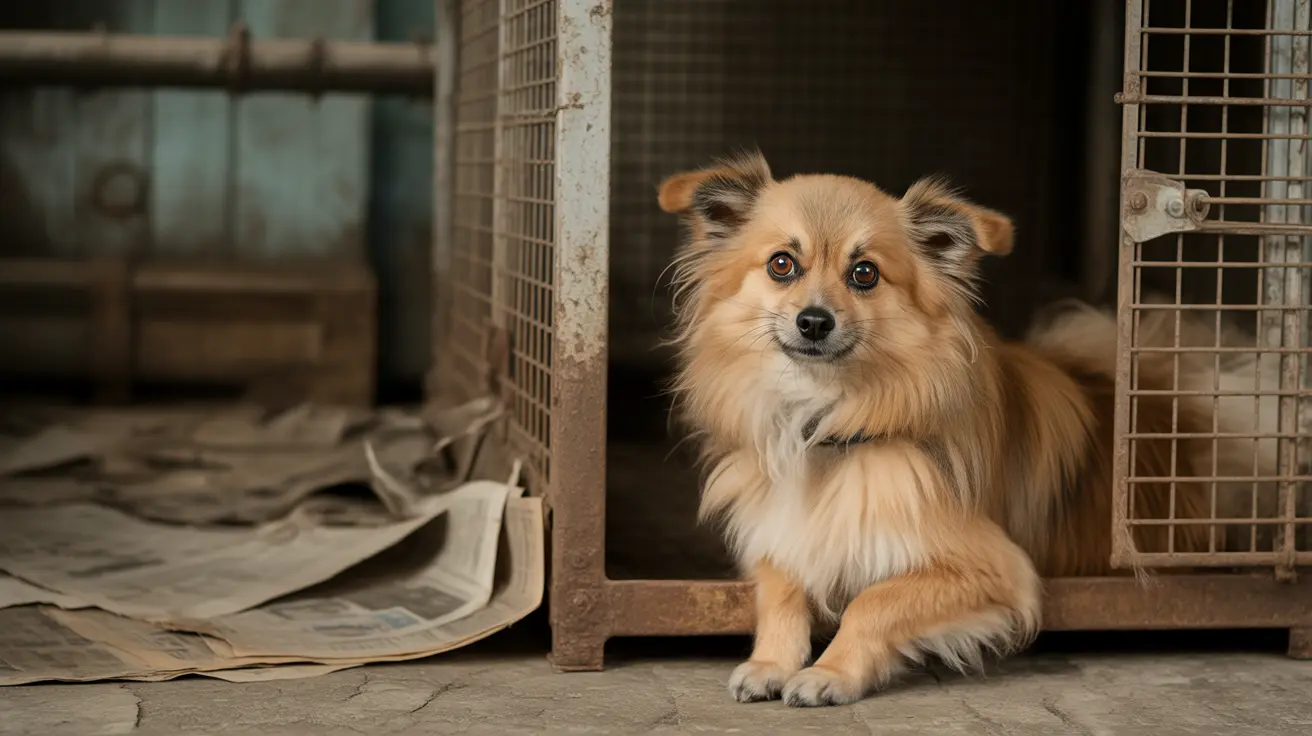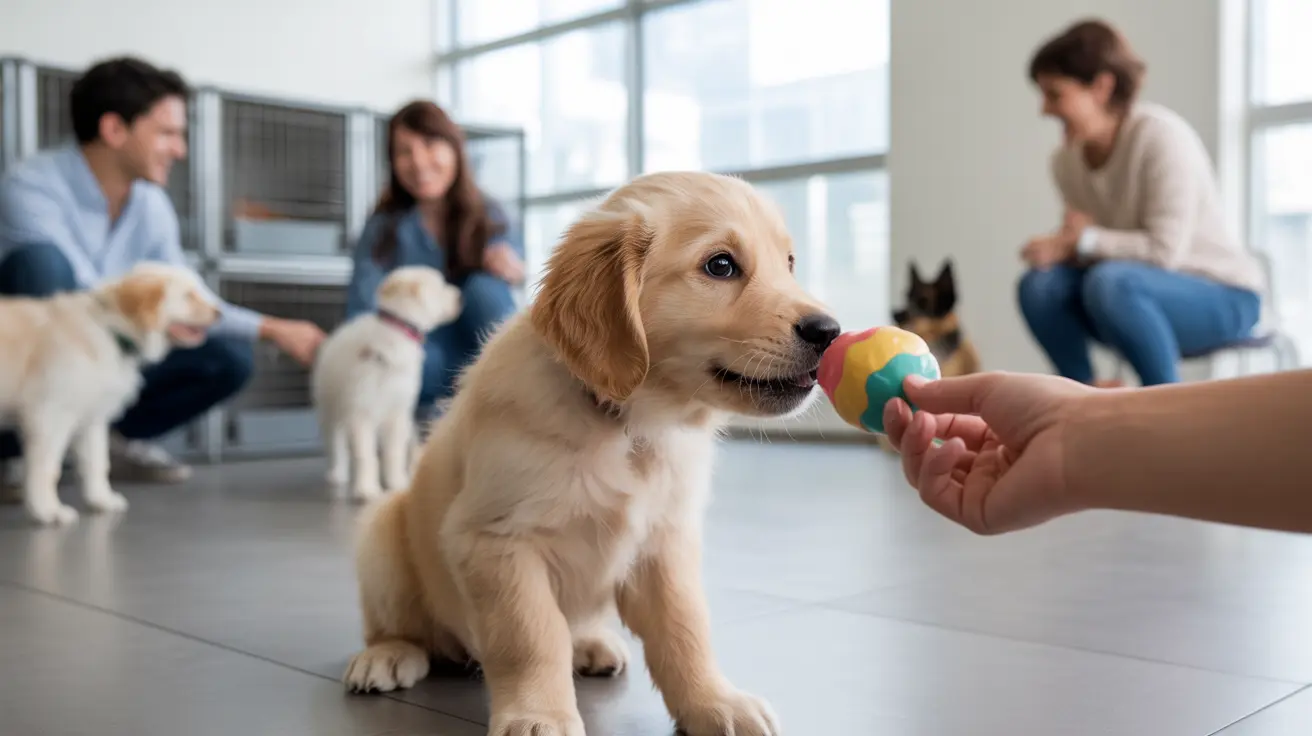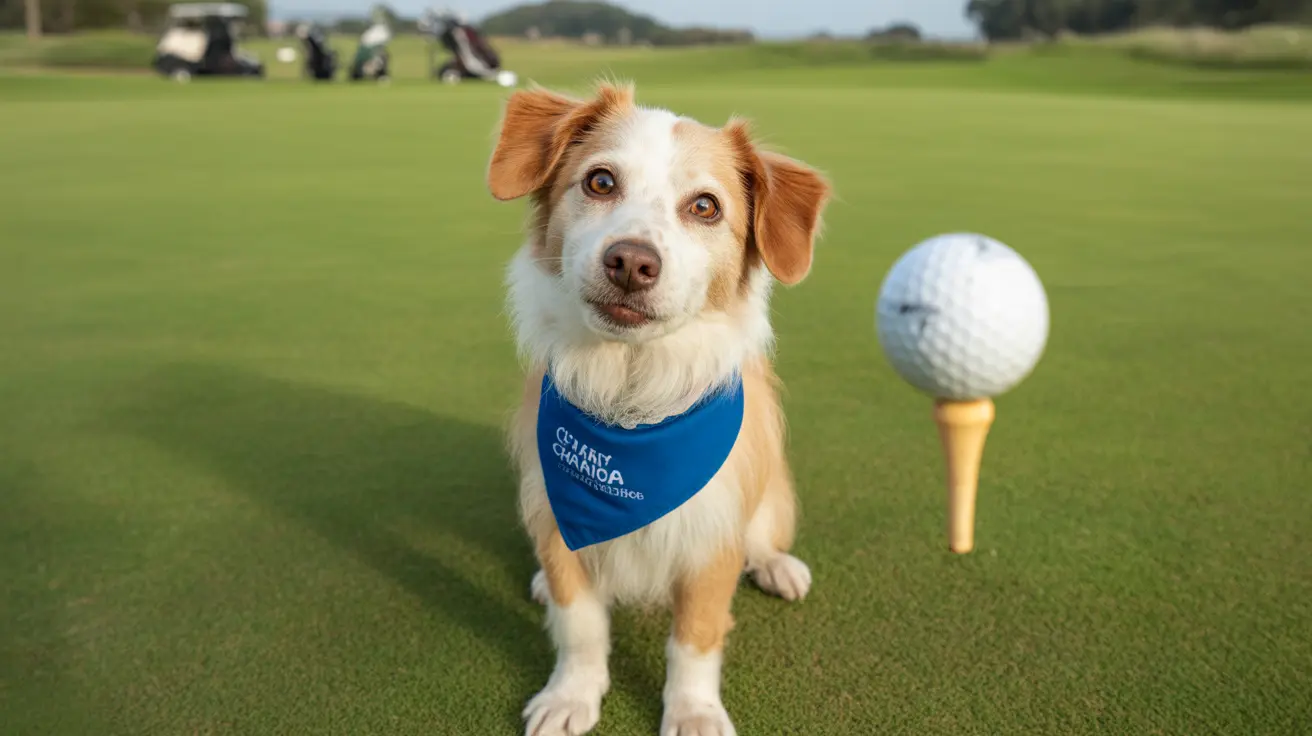How Often Should You Feed a Dog?
Feeding your dog isn't just about filling a bowl—it's about creating structure, supporting health, and building routines that benefit both you and your canine companion. Let’s dig into the details of how often you should feed your dog, what influences meal frequency, and why timing matters.
Establishing a Regular Feeding Schedule
Dogs thrive on consistency. Most experts recommend feeding adult dogs at least twice per day. This regularity helps with house training, provides predictability, and makes transitions (like switching foods or changes in household routine) much smoother. Dogs’ bodies learn to expect food at certain times, so hunger can even help them adjust to new foods if needed.
A set schedule isn’t just about convenience—it’s also important for managing medical conditions. For example, dogs with diabetes may need meals at specific times or medication administered with food.
The Science Behind Meal Timing
Your dog’s stomach empties within a few hours after eating as food moves into the small intestine. After about 8 to 10 hours without food, an empty stomach sends signals to the brain that trigger hunger. That’s why feeding at least twice daily is generally advised. If your dog suddenly loses interest in food or their eating habits change abruptly, it could be an early sign of illness—don’t ignore it; check with your vet.
Adapting Meal Frequency for Your Dog
While two meals per day is standard for most adult dogs, some situations call for adjustments:
- Puppies: They have small stomachs and high energy needs. Scheduled mealtimes (three or four small meals daily) help with house training and portion control.
- Medical conditions: Some dogs need more frequent, smaller meals.
Free-choice feeding (leaving food out all day) is discouraged because it often leads to obesity, binge eating, and makes it hard to monitor intake—especially in multi-dog households.
Portion Control and Feeding Methods
- Portion control: Feed measured amounts at set times—usually once or twice per day. This is the most widely recommended method.
- Timed feeding: Offer food for a set period (e.g., 30 minutes), then remove anything uneaten until the next meal.
If your dog likes to graze, try measuring out the daily portion and offering it at regular times using interactive feeders or toys for enrichment. Always use a measured daily portion whether delivered all at once or divided throughout the day.
Puppies vs. Adult Dogs: How Many Meals?
- Large/giant breed puppies (up to 4 months): Three meals per day
- Large/giant breed adults/seniors: Two to three meals per day
- Small/medium breed puppies (up to 4 months): Three meals per day
- Small/medium breed adults/seniors: Two meals per day
- Toy breed puppies (up to 4 months): Four to five meals per day; after six months, two meals per day
This structure helps manage their energy levels and supports healthy growth or maintenance.
Treats and Special Considerations
Treats should make up no more than 5-10% of your dog's daily intake. For training sessions, use small treats or part of their usual kibble ration. If your dog seems hungry but maintains a healthy weight and activity level, consult your veterinarian before increasing portions—sometimes begging is just habit!
The Dangers of Free-Choice Feeding
- Difficult to track how much each dog eats (if you have more than one)
- Makes it easy for dogs to overeat—leading to obesity
If you’re transitioning from free-feeding to scheduled meals, do it gradually: measure out the allotted amount per day, divide by number of meals, and remove the bowl after 15-20 minutes if not eaten.
The Role of Age, Size & Health in Feeding Frequency
- Puppies need more calories and different nutrients than adults or seniors.
- Larger breeds require more food; smaller breeds need less but may benefit from more frequent small meals.
- Active dogs burn more calories; spayed/neutered pets usually need fewer calories; pregnant/lactating females need more.
The type of food also matters—calorie density varies between brands and recipes. Start with the feeding chart on your dog food packaging but adjust based on body condition and your vet’s advice. Monitor weight closely: overfeeding can lead to joint disease, breathing problems, heart issues, skin problems—even some cancers; underfeeding causes low energy and weak immunity.
The Latest Research on Meal Frequency
A large study involving over 10,000 dogs found that those fed once daily had reduced odds of certain health issues like gastrointestinal problems or orthopedic disorders—but these are associations only. There’s not enough evidence yet to change established routines; twice-daily feeding remains the predominant veterinary recommendation.
Your Next Steps for Healthy Feeding Habits
- Create a regular feeding schedule—generally twice daily for adults.
- Feed measured portions tailored to age, size, activity level, health status.
- Avoid leaving food out all day unless directed by your vet.
If you have questions about special situations—like senior dogs or those with medical needs—ask your veterinarian for personalized advice. Observing changes in eating behavior can alert you early to health problems; don’t hesitate if something seems off!





